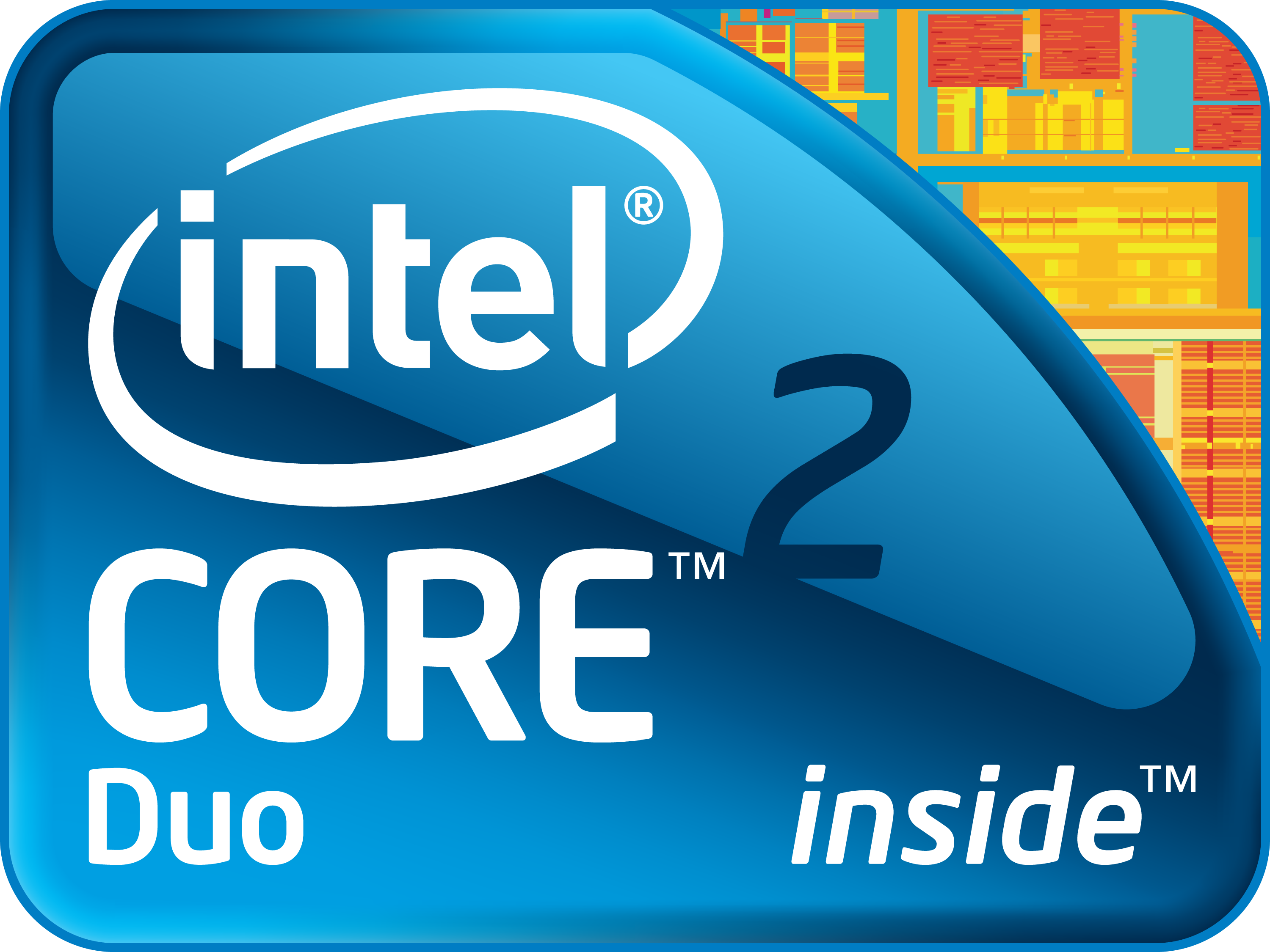Which Intel CPUs Support XP Mode Virtualization?
Windows 7 RC is finally here for everyone, and with it comes a brand new feature of being able to run Windows XP in all its glory in a virtualized environment.
As we’ve detailed before, XP Mode will run the older operating system in a virtual environment inside Windows 7 for maximum compatibility with older applications. In fact, Microsoft is claiming that XP Mode provides near perfect Windows XP compatibility within Windows 7 – so that takes care of one of the raison d'etre for the old OS.
A minimum of 2 GB RAM is needed for XP Mode. And as we detailed last week, XP Mode will utilize and require virtualization technologies in recent processors such as Intel VT and AMD-V. Often hardware virtualization will need to be enabled in the system BIOS too.
Now the confusion comes in for many owners of recent Intel CPUs. Even if you have a Core 2 Duo or Quad CPU, that doesn’t mean that you have what it takes to run XP Mode in Windows 7.
For one reason or another, Intel has confusingly differentiated its processor line by including and excluding VT, even in CPUs of the same generation and family. To make matters worse, there isn’t an easy way to tell if your CPU is capable of virtualization other than digging through the documentation.
Thankfully, Ed Bott in his ZDNet blog has done the dirty work for us and compiled a list of all current Intel processors and have marked them with either a “Yes” or “No” for the presence of Intel VT.
Desktop CPUS
| Core 2 Duo | Header Cell - Column 1 |
|---|---|
| E4300/4400/4500/4600/4700 | NO |
| E6300/6320/6400/6420/6540/6550 | YES |
| E6600/6700/6750/6850 | YES |
| E7200/7300/7400/7500 | NO |
| E8190 | NO |
| E8200/8300/8400/8500/8600 | YES |
| Core 2 Extreme | Row 6 - Cell 1 |
| QX6700/6800/6850 | YES |
| QX9650/9770/9775 | YES |
| X6800 | YES |
| Core 2 Quad | Row 10 - Cell 1 |
| Q6600/6700 | YES |
| Q8200/8200S/8300/8400/8400S | NO |
| Q9300/9400/9400S | YES |
| Q9450/9550/9550S/9650 | YES |
| Core i7/Core i7 Extreme | Row 15 - Cell 1 |
| I7-920/940 | YES |
| I7-965 | YES |
| Pentium D/Pentium EE | Row 18 - Cell 1 |
| 805/820/830/840 | NO |
| 915/925/935/945 | NO |
| 920/930/940/950/960 | YES |
| 955/965 | YES |
| Pentium for Desktop | Row 23 - Cell 1 |
| E2140/2160/2180/2200/2220 | NO |
| E5200/5300/5400 | NO |
Mobile CPU products
Get Tom's Hardware's best news and in-depth reviews, straight to your inbox.
| Core 2 Duo Mobile | Header Cell - Column 1 |
|---|---|
| L7200/7300/7400/7500 | YES |
| P7350/7450 | NO |
| P7370 | YES |
| P8400/8600/8700/9500/9600 | YES |
| SL9300/9400/9600 | YES |
| SP9300/9400/9600 | YES |
| SU9300/9400/9600 | YES |
| T5200/5250/5270/5300/5450/5470 | NO |
| T5500/5600 | YES |
| T5550/5670/5750/5800/5850/5870/5900 | NO |
| T6400/6570 | NO |
| T7100/7200/7250/7300/7400 | YES |
| T7500/7600/7700/7800 | YES |
| T8100/8300 | YES |
| T9300/9400/9500/9550/9600/9800 | YES |
| U7500/U7600 | YES |
| Core 2 Extreme Mobile | Row 16 - Cell 1 |
| QX9300 | YES |
| X7800/7900 | YES |
| X9000/9100 | YES |
| Core 2 Quad Mobile | Row 20 - Cell 1 |
| Q9000 | YES |
| Q9100 | NO |
| Core 2 Solo | Row 23 - Cell 1 |
| SU3300/3500 | YES |
| U2100/2200 | YES |
| Core Duo | Row 26 - Cell 1 |
| L2300/2400/2500 | YES |
| T2050/2250 | NO |
| T2300/2400/2500/2600/2700 | YES |
| T2300E/2350/2450 | NO |
| U2400/2500 | YES |
| Core Solo | Row 32 - Cell 1 |
| T1300/1400 | YES |
| T1350 | NO |
| U1300/1400/1500 | YES |
Check out Ed Bott's blog for some further clarity in the mess that is Intel VT CPUs. If you've already got your Windows 7 RC on, check out the Virtual PC and XP Mode beta here.
-
Spanky Deluxe At least some P7350 chips do actually support Intel VT. All the ones in the Early 2009 generation of 2.0 GHz Mac Minis certainly appear to. Source.Reply -
blackthorne oddly enough it actually wasn't too hard finding this information as I already looked it up after hearing you needed this tech for xp mode. see link above.Reply -
deltatux AMD has virtualization built into all 65nm and 45nm processors. That's why it's not really needed to post an AMD list as all recent AMD processors support AMD-V.Reply

